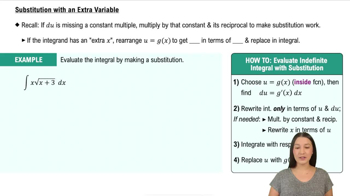49–63. {Use of Tech} Integrating with a CAS Use a computer algebra system to evaluate the following integrals. Find both an exact result and an approximate result for each definite integral. Assume a is a positive real number.
58. ∫₀^{2π} dt / (4 + 2 sin t)²






